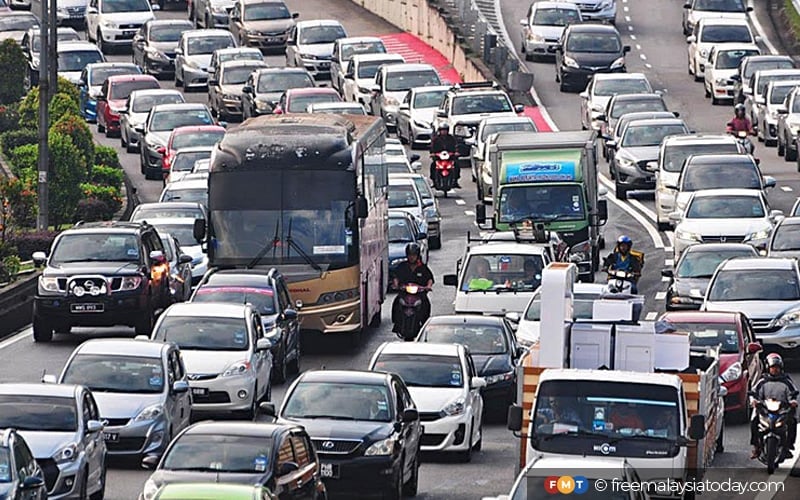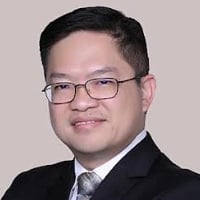
PETALING JAYA: On paper, it should take 64-year-old Rajesh Mansukhlal just 15 minutes to drive to his home in Section 6 after a long day at his office in PJS 5.
Ideally, he would like to go home when work is done for the day, but more often than not, he stays back just to avoid a nearly one-hour traffic jam in Petaling Jaya.
“Roads like Jalan Gasing and Jalan Templer were designed for those staying within PJ, but because of the jam on the Federal Highway, drivers are using these roads to cut through traffic,” he told FMT.
“As a result, we, PJ residents, take a much longer time to get to our homes,” the PJ Section 6 Residents Association chairman said.

He said inner roads such as Jalan Gasing and Jalan Templer have practically turned into “highways”.
Another PJ resident, Ramli Daud, who stays in Kampung Kayu Ara, said it takes double the time for residents to reach home during peak hours.
“It normally takes only around 15 minutes, sometimes less for residents to reach their homes in Kampung Kayu Ara from the Damansara toll on the Sprint Highway but during peak hours, it takes more than 30 minutes,” he told FMT.
“This is only for that particular stretch, and does not include travel time from their workplaces in KL, PJ, Shah Alam and so on.”
Cobra Rugby Club president Darryll Sinnappa said the traffic jams in PJ are affecting their youth programmes, forcing training sessions to be held only on Saturdays and Sundays.
“To be good players, they should train almost every day and the best times are in the mornings and evenings, which unfortunately are also the worst times, traffic-wise.”
“Our players from all over the Klang Valley have difficulty making it to the sessions and we are forced to limit the sessions to the weekends. As such we can’t get the best talents to our club and overall, it affects sports development too.”
Malaysian Institute of Road Safety Research chairman Wong Shaw Voon said major highways in the Klang Valley, including the Federal Highway, LDP, NKVE and Sprint are operating at “Level of Service F (LoS F)”, the lowest possible level.

Highways operating at LoS F are characterised by unpredictable and constant stop-start movements with long waiting lines at multiple points.
“This also spills over to inner roads as people use mobile applications such as Waze and Google Maps to find the fastest routes to their destinations.”
Wong also said a greater utilisation of public transport would help to reduce congestion on the roads. - FMT



No comments:
Post a Comment
Note: Only a member of this blog may post a comment.